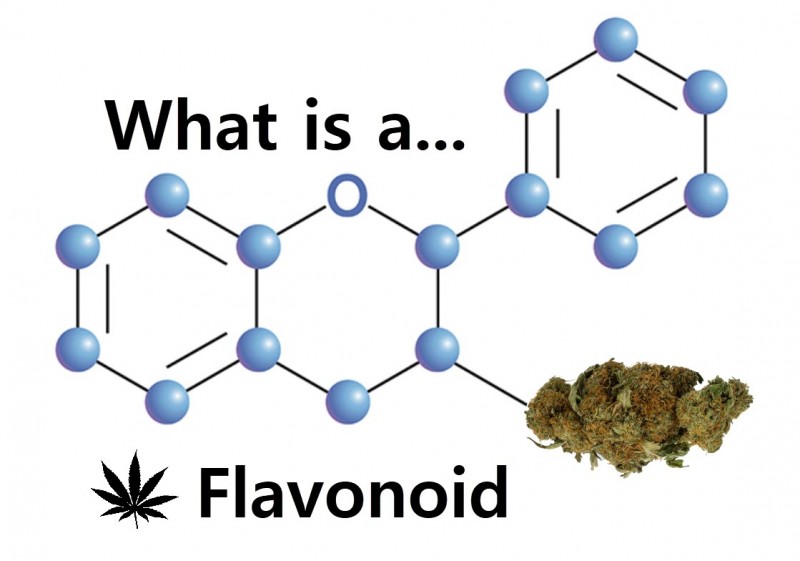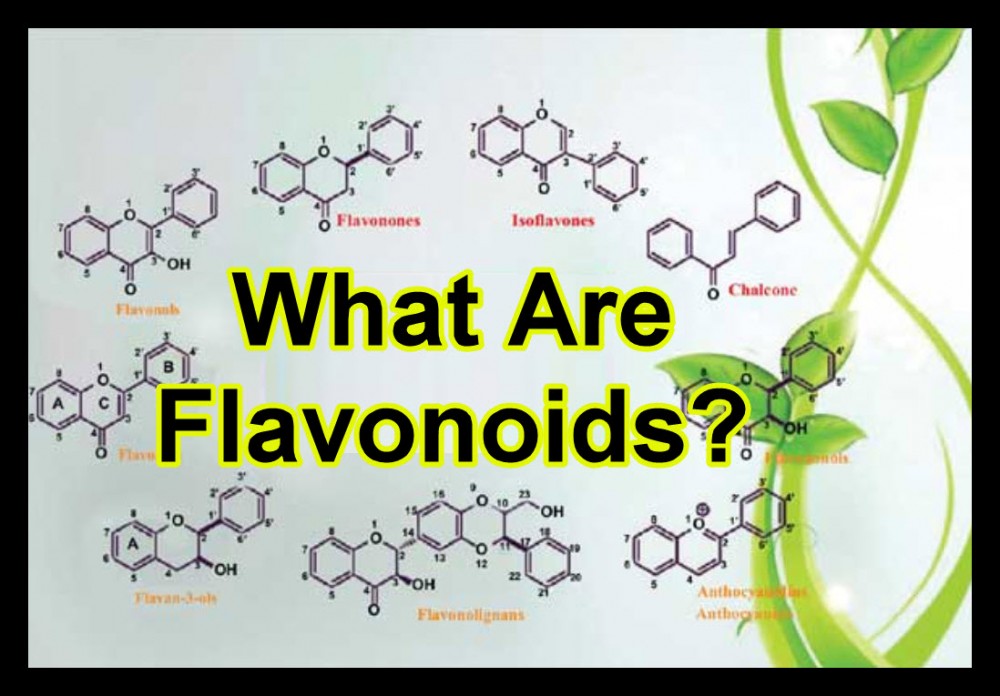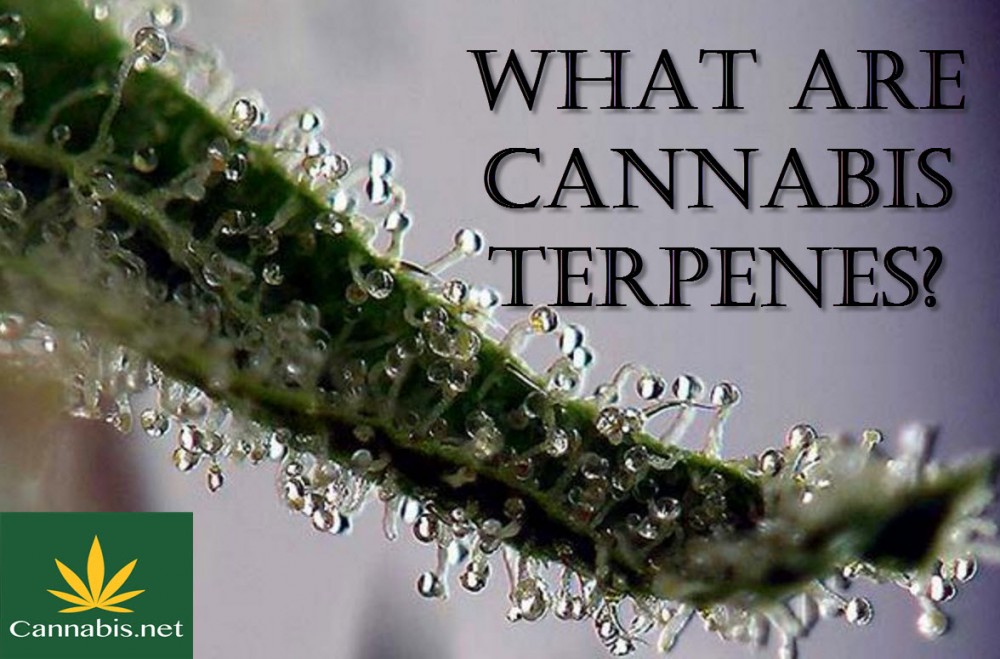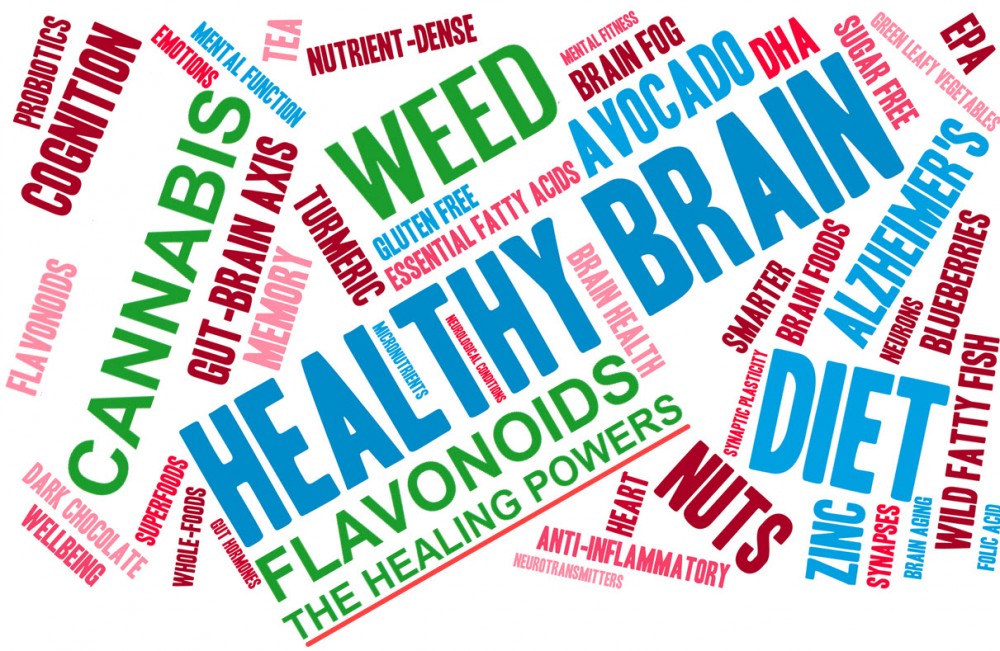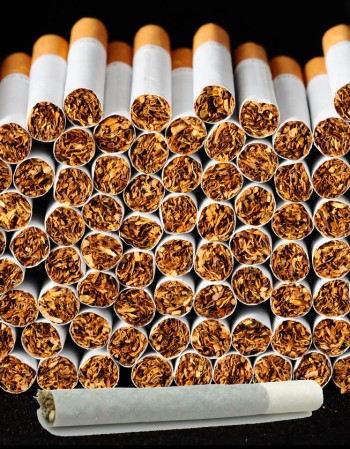Spotlight on Cannabis Flavonoids: A Revolutionary Painkiling Compound
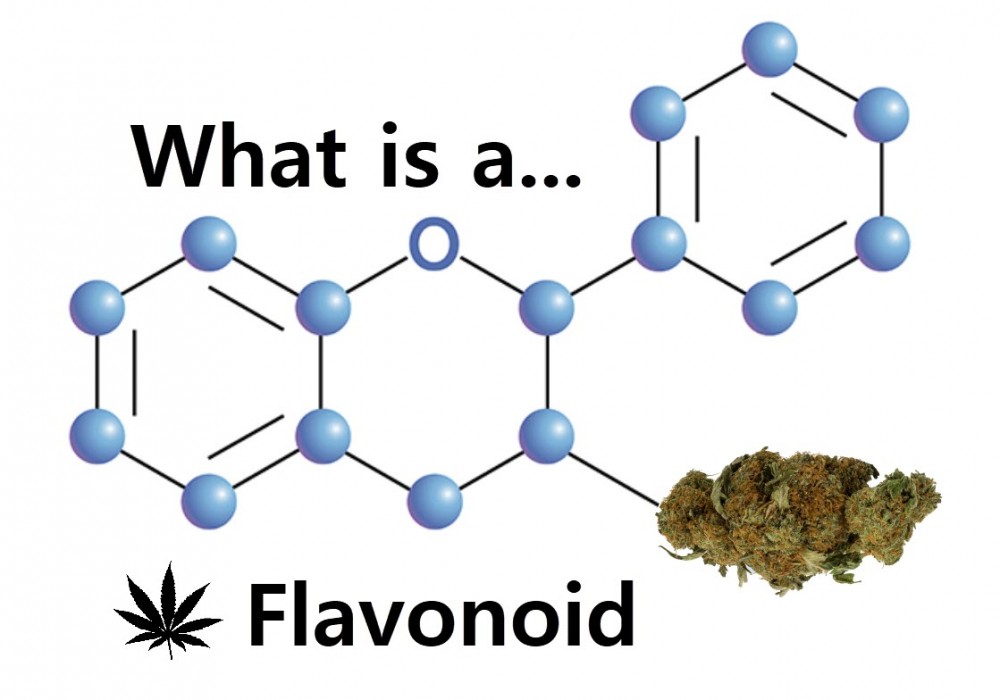
What are flavonoids, and why should you care?
Cannabidiol (CBD) and terpenes are no longer just popular buzz words in the cannabis industry.
These valuable compounds in the cannabis plant have been proven to have significant health benefits. From epilepsy to insomnia, these compounds have been a breakthrough in the medical community for providing an innovative way to medicate and heal.
But now, the spotlight has changed: scientists are now paying attention to flavonoids, another type of compound found in the cannabis plant. They aren’t unique to cannabis, though: flavonoids give plants their color, from the yellow found in sunflowers to the vibrant red in raspberries.
And scientists have discovered that flavonoids hold important therapeutic benefits as well.
Researchers from the University of Guelph in Ontario, Canada, have confirmed that flavonoids are “important pain-relieving molecules that are 30 times more powerful at reducing inflammation than Aspirin.”
They studied cannflavin A and cannflavin B, flavonoids that don’t get you high but are incredibly powerful at reducing inflammation. According to Professor Tariq Akhtar, one of the study’s authors, and a professor at the Department of Molecular and Cellular Biology, flavonoids “target inflammation at the source”.
Currently, a majority of the population still turns to NSAIDS (non-steroidal anti-inflammatory drugs) as well as other over-the-counter medications like Tylenol and Advil to treat pain. But these medicines have been proven to cause stomach issues, kidney disease, and even liver disease. Ibuprofen and acetaminophen are a concern when you consider how widely they are used, and when people consume them heavily and together with alcohol, many things could go wrong.
“There’s clearly a need to develop alternatives for relief of acute and chronic pain that go beyond opioids,” Akhtar disclosed in a statement. “Our objective was to better understand how these molecules are made, which is a relatively straightforward exercise these days,” Akhar adds. “There are many sequenced genomes that are publicly available, including the genome of Cannabis sativa, which can be mined for information. If you know what you’re looking for, one can bring genes to life, so to speak, and piece together how molecules like cannflavins A and B are assembled.”
“Being able to offer a new pain relief option is exciting, and we are proud that our work has the potential to become a new tool in the pain relief arsenal,” Rothstein explains.
However, co-author Steven Rothstein said that these compounds “are present in cannabis at such low levels, it’s not feasible” for us to engineer plants to produce more of them. Rothstein also added that they are working on a partnership with Anahit International Corp., a Toronto firm that has successfully patented from the school a process to biosynthesize flavonoids outside the plant.
“Anahit looks forward to working closely with the University of Guelph researchers to develop effective and safe anti-inflammatory medicines from cannabis phytochemicals that would provide an alternative to non-steroidal anti-inflammatory drugs,” says Darren Carrigan, Anahit CEO. “Anahit will commercialize the application of cannflavin A and B to be accessible to consumers through a variety of medical and athletic products such as creams, pills, sports drinks, transdermal patches and other innovative options.”
“We wouldn’t have been able to do this if it wasn’t for the climate right now in this country really pushing people like us to do this research,” Akhtar says. “There’s a lot more research that has to happen and I think working in Canada right now, at a time when our government has been really supportive of this agenda and there’s a lot of industrial and financial support available to actually research this plant, makes for really exciting times.”
“Especially for stuffy old professors like me in a field like plant biochemistry.”
What Else Do Flavonoids Do?
Flavonoids, aside from giving plants their pigmentation, also contribute to the flavor, odor, and protection of a plant. They assist in helping us distinguish from one strain to another, and it’s also important to note that flavonoids contribute to the synergistic effect of the cannabis plant.
Some examples of flavonoids include:
Quercetin: Found in many different types of produce and fruit, quercetin is famous for its antioxidant properties, its ability to ward off viruses, and even fighting off influenza.
Catechins: Found in other plant-based products such as cocoa and tea, catechins support heart health. They have been found to have valuable anti-inflammatory, anti-hypertensive, and antioxidant properties that keep our hearts in good shape.
Epigenin: Some studies have found that epigenin can help prevent tumors. It’s also anti-inflammatory and helps kill cancer cells.
We are just in the infancy of discovering how beneficial flavonoids are. In fact, these could be the next big things in cannabis, so stay tuned!
CANNABIS FLAVANOIDS AND TERPS, READ THESE...
WHAT ARE FLAVONOIDS, CLICK HERE.
OR...
WHAT ARE MARIJUANA TERPENES, CLICK HERE.
